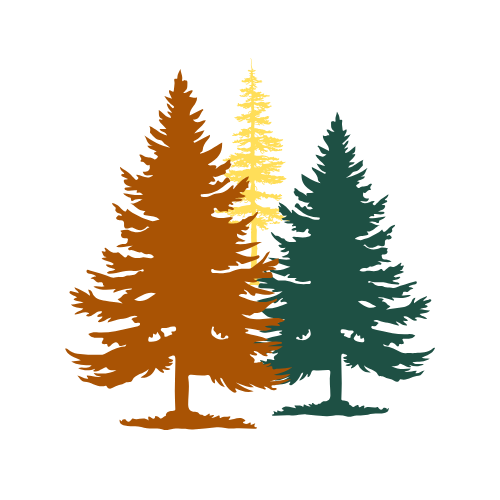The North America Forest Initiative is dedicated to safeguarding the continent’s exceptional forests by connecting conservation science, policy, and advocacy.
We integrate peer-reviewed research, apply advanced computer mapping technologies, and conduct strategic outreach to support partners and decision-makers working on protected area designations, restoration efforts, climate mitigation and adaptation, and forest-climate policy.
Our work is collaborative—engaging scientists, diverse coalitions, and Indigenous communities to promote shared goals for conservation and responsible forest stewardship. Together, we aim to sustain the vital benefits forests provide, even as they face unprecedented threats from unsustainable resource use and accelerating climate change.
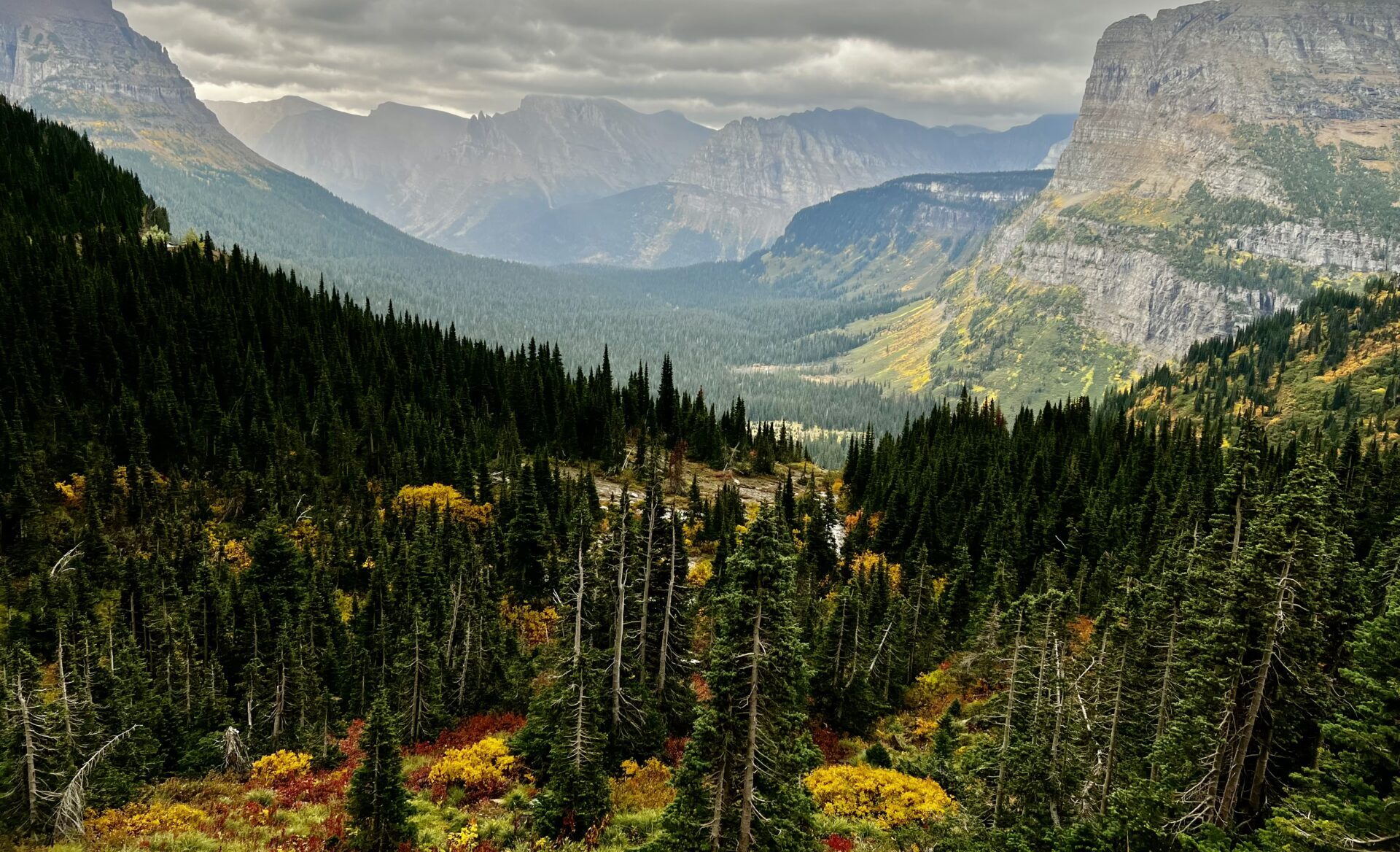
North America hosts an extraordinary expanse of forested land and remarkable biodiversity. Canada and the United States portion of the continent, which is the primary focus of our initiative at this time, supports roughly 670 million hectares (about 1.65 billion acres) of forests, representing approximately 16 percent of the planet’s total forest cover (4.06 billion hectares, or 31% of global land area). Canada accounts for about 347 million hectares (858 million acres) of forest, covering nearly 40 percent of its land surface while the United States contributes about 310 million hectares (765 million acres), encompassing roughly one-third of its total land area. (Source: Global Forest Resources Assessment 2020)
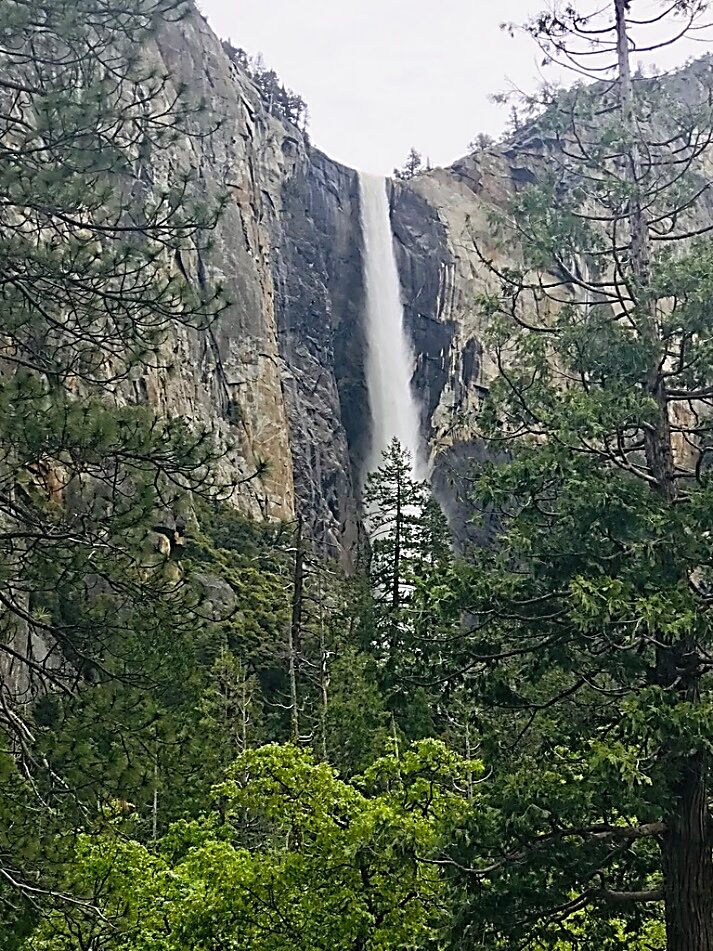
Forests vary considerably in their ecological integrity, which can be assessed through indicators such as structural complexity, species composition, trophic interactions, and landscape connectivity. Forests with the highest integrity are typically those with minimal anthropogenic disturbance, including late-successional and old-growth stands, intact forested watersheds with negligible road density, and naturally disturbed systems such as complex early-seral or snag-dominated forests that have not undergone commercial harvest. In contrast, previously logged landscapes—whether artificially replanted or naturally regenerated—exhibit altered age-class distributions, simplified structural and compositional diversity, and reduced capacity to support native biodiversity and maintain key ecosystem processes (e.g., carbon sequestration, hydrologic regulation, nutrient cycling) relative to unaltered natural forests.

Remarkably, North America supports some of the oldest and most ecologically significant forest ecosystems on Earth. These include the ancient coniferous forests of Coastal Redwoods and Giant Sequoia in the Sierra Nevada Mountains of California; the hyper-productive temperate rainforests of the Pacific Northwest, including the Great Bear Rainforest (British Columbia) and the Tongass National Forest (Alaska), dominated by Sitka Spruce, Western Hemlock, Western Redcedar, and Douglas-fir; the massive Ponderosa Pine and mixed-conifer systems of the semi-arid intermountain West; the relict American Beech, Sugar Maple, and White Pine/Red Pine stands of the Great Lakes region; and the older northern hardwood and mixed conifer–hardwood forests from Vermont to Maine, recognized for their exceptional structural complexity, unique forest communities, and as regional biodiversity hotspots.
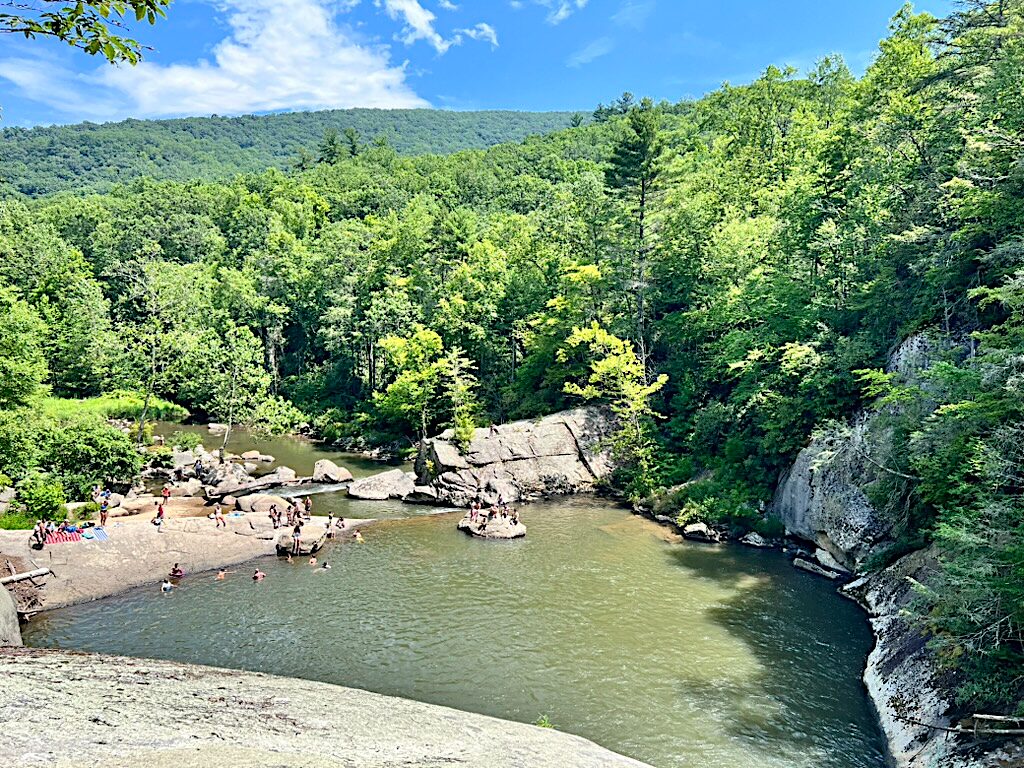
Various North America forests rank among the world’s most biodiverse and ecologically significant. The Klamath-Siskiyou region of southern Oregon and northern California supports unparalleled plant and invertebrate diversity; the Sierra Nevada conifers contain globally unique endemic species; British Columbia’s inland temperate rainforest is one of the rarest rainforests on Earth, with exceptional lichen diversity; Appalachia’s mixed mesophytic forests host extraordinary assemblages of neotropical birds and amphibians; the Rocky Mountains sustain diverse carnivores across a vast transboundary landscape, including Montana’s Yaak Valley; and Florida’s longleaf pine–wiregrass ecosystems maintain globally rare understory biodiversity through frequent, regenerative fire. These forest examples are not only biodiversity hotspots—they are carbon powerhouses, storing the equivalent of roughly 12 percent of U.S. annual greenhouse gas emissions, safeguarding freshwater, cooling local climates, and offering irreplaceable refuges for wildlife and people alike.
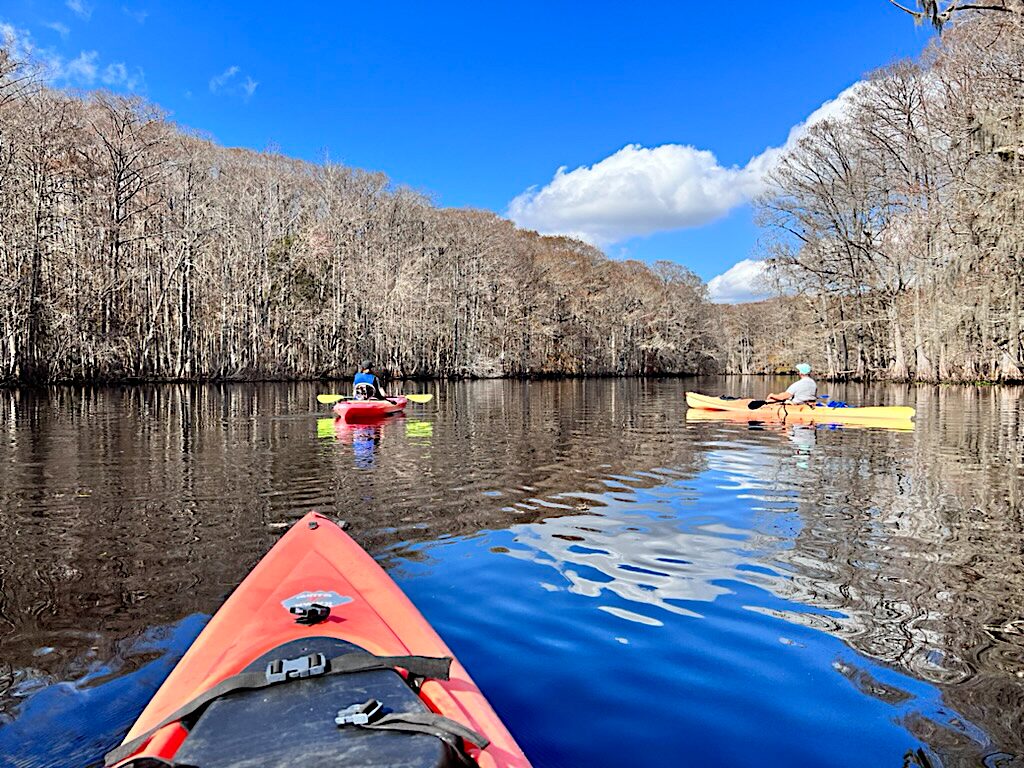
This initiative is funded through private donations, foundation grants, and contracts, primarily from NGOs that rely on our scientific expertise.
